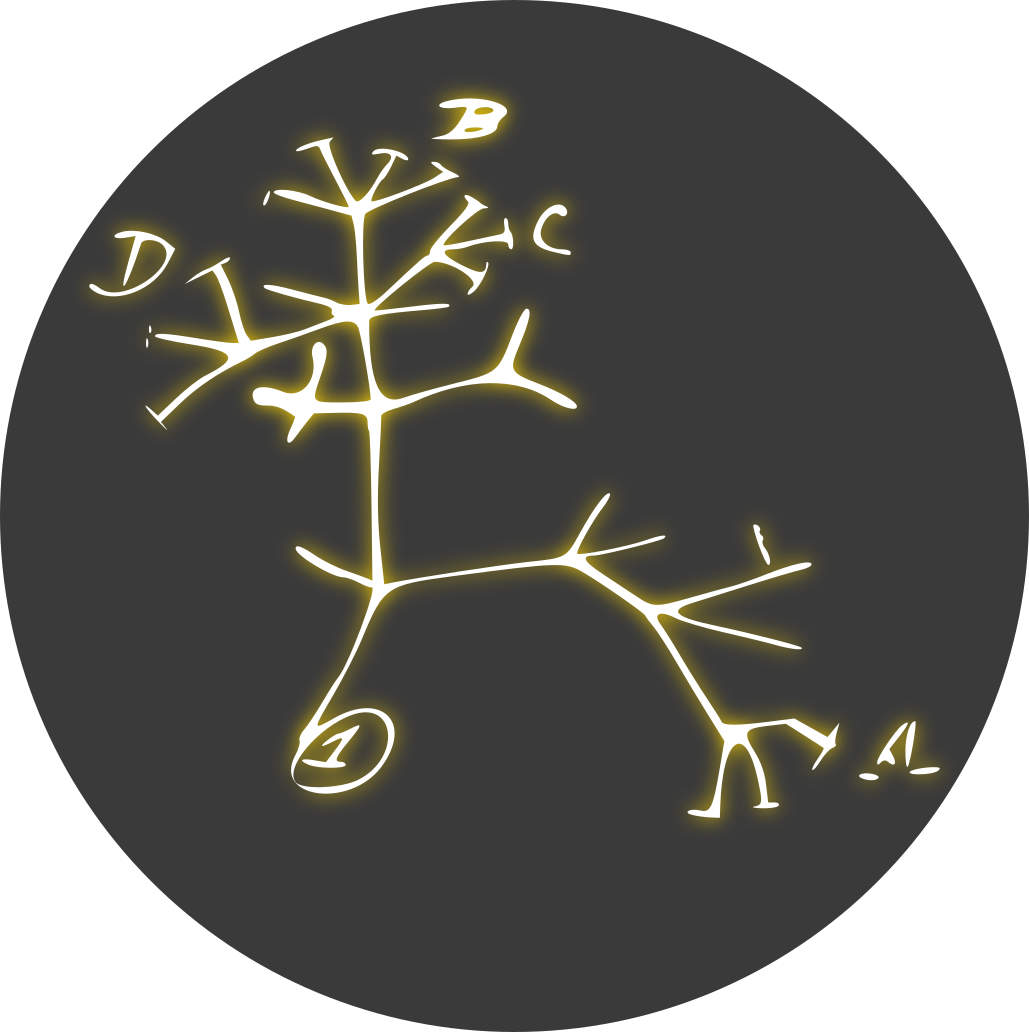Summary
Symbiotic animals containing green photobionts challenge the common perception that only plants are capable of capturing the sun’s rays and converting them into biological energy through photoautotrophic CO2 fixation (photosynthesis). ‘Solar-powered’ sacoglossan molluscs, or sea slugs, have taken this type of symbiotic association one step further by solely harboring the photosynthetic organelle, the plastid (=chloroplast). One such sea slug, Elysia chlorotica, lives as a ‘plant’ when provided with only light and air as a result of acquiring plastids during feeding on its algal prey Vaucheria litorea. The captured plastids (kleptoplasts) are retained intracellularly in cells lining the digestive diverticula of the sea slug, a phenomenon sometimes referred to as kleptoplasty. Photosynthesis by the plastids provides E. chlorotica with energy and fixed carbon for its entire lifespan of~10 months. The plastids are not transmitted vertically (i.e. are absent in eggs) and do not undergo division in the sea slug.However, de novo protein synthesis continues, including plastid- and nuclear-encoded plastid-targeted proteins, despite the apparent absence of algal nuclei. Here we discuss current data and provide hypotheses to explain how long-term photosynthetic activity is maintained by the kleptoplasts. This fascinating ‘green animal’ provides a unique model to study the evolution of photosynthesis in a multicellular heterotrophic organism.


Any new posts after the first user has subscribed to the federated community, should be pushed. Sub to any popular community on lemmy.ml and let me know if new posts aren’t getting pushed to mander.
cc @nutomic@lemmy.ml